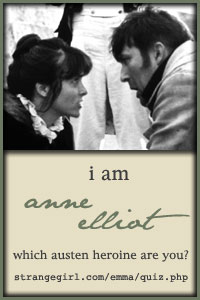
Who isn't lured by castles? So much history and myth absorbed into their time-worn stones, from school lessons and romantic costume dramas—Kenilworth, where Queen Elizabeth visited her beloved Leicester; Barnard, where the much maligned Richard III installed a lofty window looking out over the River Tees (the blurry outline of his emblematic boar still barely visible above it); Scarborough, inhabited by the genuinely awful King John; Bamburgh, not far from Lindisfarne, which Mallory opined was Lancelot's Joyous Gard; Helmsley, also owned at one time by Richard, where we sat beside the grassy moat and watched a performance of An Ideal Husband.
John Cheever puts it perfectly in his short story, The Golden Age:
Our ideas of castles, formed in childhood, are inflexible, and why try to reform them? Why point out that in a real castle thistles grow in the courtyard, and the threshold of the ruined throne room is guarded by a nest of green adders? Here are the keep, the drawbridge, the battlements and towers that we took with our lead soldiers when we were down with the chicken pox. The first castle was English, and this one was built by the King of Spain during an occupation of Tuscany, but the sense of imaginative supremacy—the heightened mystery of nobility—is the same. Nothing is inconsequential here. It is thrilling to drink Martinis on the battlements, it is thrilling to bathe in the fountain, it is even thrilling to climb down the stairs into the village after supper and buy a box of matches. The drawbridge is down, the double doors are open, and early one morning we see a family crossing the moat, carrying the paraphernalia of a picnic.
image: Christie B. Cochrell, Helmsley



















No comments:
Post a Comment